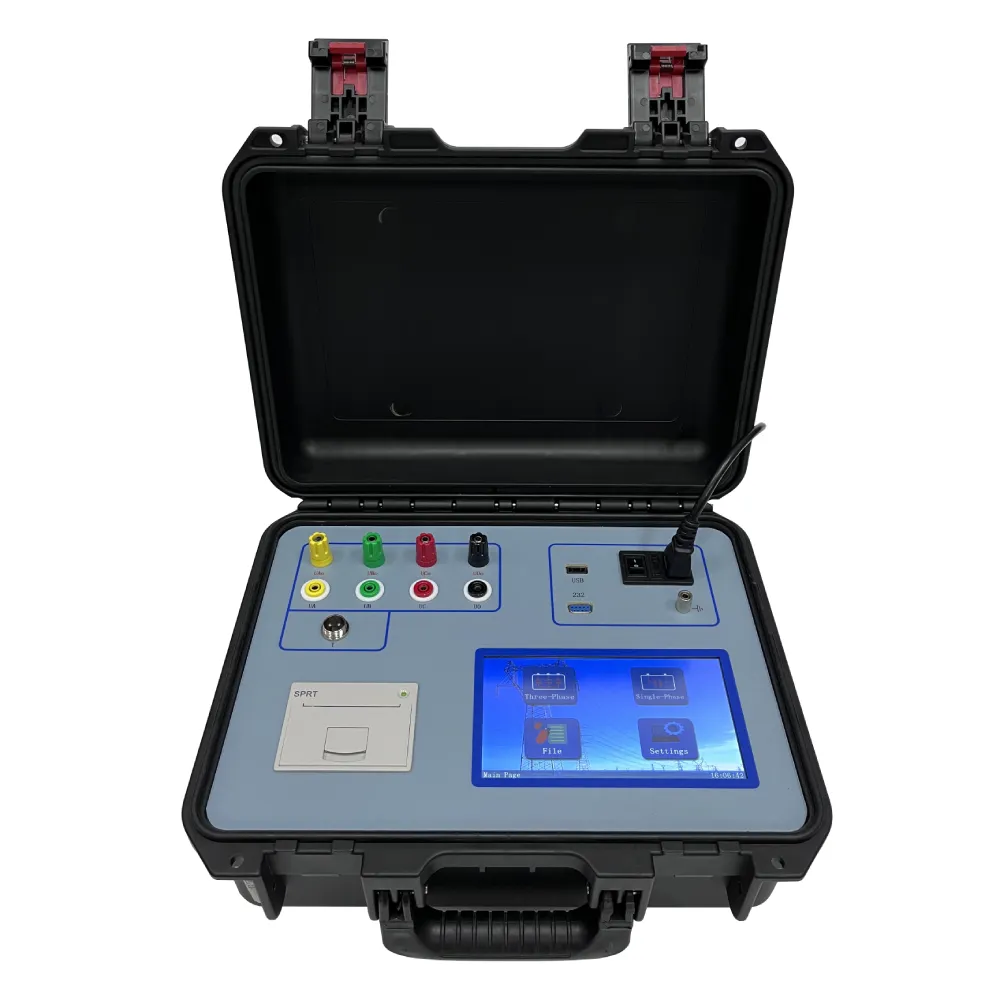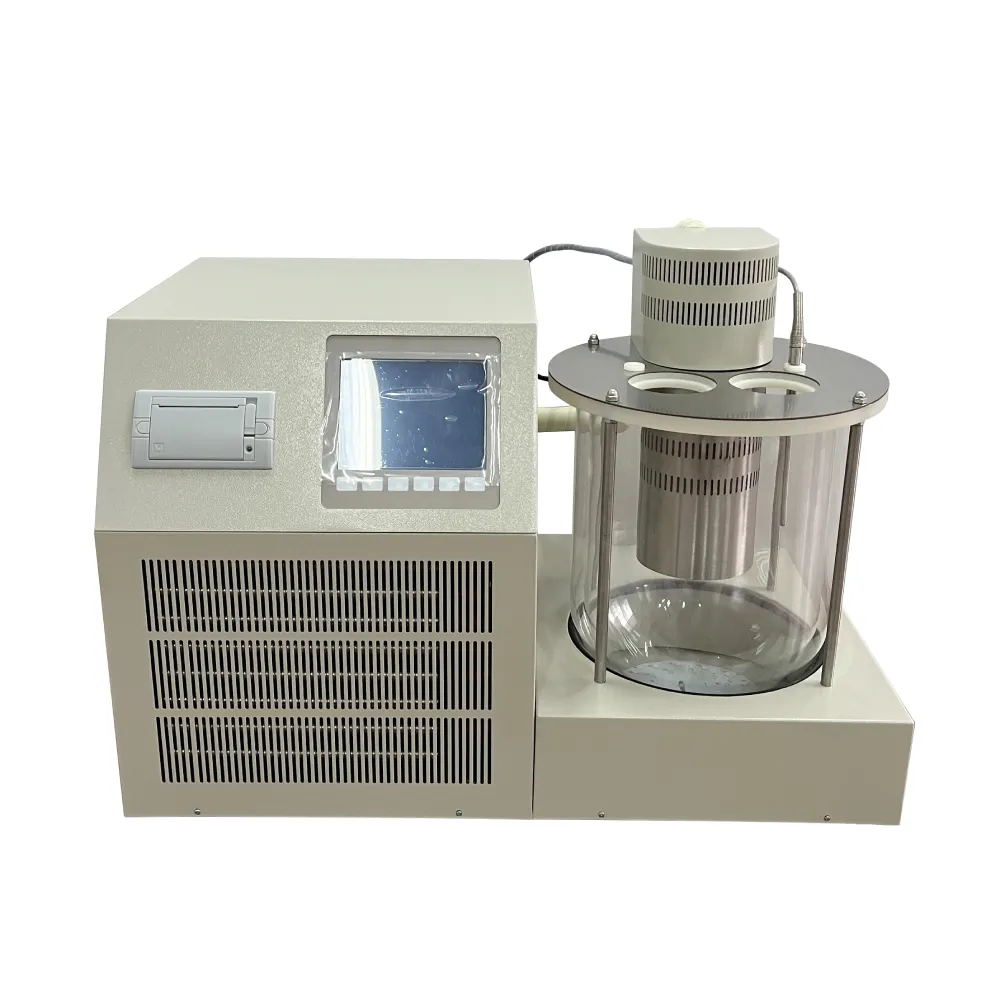 English
English



-
 Afrikaans
Afrikaans -
 Albanian
Albanian -
 Amharic
Amharic -
 Arabic
Arabic -
 Armenian
Armenian -
 Azerbaijani
Azerbaijani -
 Basque
Basque -
 Belarusian
Belarusian -
 Bengali
Bengali -
 Bosnian
Bosnian -
 Bulgarian
Bulgarian -
 Catalan
Catalan -
 Cebuano
Cebuano -
 China
China -
 China (Taiwan)
China (Taiwan) -
 Corsican
Corsican -
 Croatian
Croatian -
 Czech
Czech -
 Danish
Danish -
 Dutch
Dutch -
 English
English -
 Esperanto
Esperanto -
 Estonian
Estonian -
 Finnish
Finnish -
 French
French -
 Frisian
Frisian -
 Galician
Galician -
 Georgian
Georgian -
 German
German -
 Greek
Greek -
 Gujarati
Gujarati -
 Haitian Creole
Haitian Creole -
 hausa
hausa -
 hawaiian
hawaiian -
 Hebrew
Hebrew -
 Hindi
Hindi -
 Miao
Miao -
 Hungarian
Hungarian -
 Icelandic
Icelandic -
 igbo
igbo -
 Indonesian
Indonesian -
 irish
irish -
 Italian
Italian -
 Japanese
Japanese -
 Javanese
Javanese -
 Kannada
Kannada -
 kazakh
kazakh -
 Khmer
Khmer -
 Rwandese
Rwandese -
 Korean
Korean -
 Kurdish
Kurdish -
 Kyrgyz
Kyrgyz -
 Lao
Lao -
 Latin
Latin -
 Latvian
Latvian -
 Lithuanian
Lithuanian -
 Luxembourgish
Luxembourgish -
 Macedonian
Macedonian -
 Malgashi
Malgashi -
 Malay
Malay -
 Malayalam
Malayalam -
 Maltese
Maltese -
 Maori
Maori -
 Marathi
Marathi -
 Mongolian
Mongolian -
 Myanmar
Myanmar -
 Nepali
Nepali -
 Norwegian
Norwegian -
 Norwegian
Norwegian -
 Occitan
Occitan -
 Pashto
Pashto -
 Persian
Persian -
 Polish
Polish -
 Portuguese
Portuguese -
 Punjabi
Punjabi -
 Romanian
Romanian -
 Russian
Russian -
 Samoan
Samoan -
 Scottish Gaelic
Scottish Gaelic -
 Serbian
Serbian -
 Sesotho
Sesotho -
 Shona
Shona -
 Sindhi
Sindhi -
 Sinhala
Sinhala -
 Slovak
Slovak -
 Slovenian
Slovenian -
 Somali
Somali -
 Spanish
Spanish -
 Sundanese
Sundanese -
 Swahili
Swahili -
 Swedish
Swedish -
 Tagalog
Tagalog -
 Tajik
Tajik -
 Tamil
Tamil -
 Tatar
Tatar -
 Telugu
Telugu -
 Thai
Thai -
 Turkish
Turkish -
 Turkmen
Turkmen -
 Ukrainian
Ukrainian -
 Urdu
Urdu -
 Uighur
Uighur -
 Uzbek
Uzbek -
 Vietnamese
Vietnamese -
 Welsh
Welsh -
 Bantu
Bantu -
 Yiddish
Yiddish -
 Yoruba
Yoruba -
 Zulu
Zulu
GC-MS Chromatography Systems Precision Analysis & Solutions
- Overview of Chromatography Evolution and Modern Techniques
- Technical Advantages of GC-MS in Precision Analysis
- Performance Comparison: Leading Manufacturers in Chromatography Systems
- Customized Solutions for Diverse Industrial Applications
- Optimizing Workflows with EPC Gas Chromatography Technology
- Real-World Case Studies Across Key Sectors
- Future-Proofing Analytical Strategies with Advanced Chromatography

(gc ms chromatography)
GC MS Chromatography: Revolutionizing Modern Analytical Chemistry
The evolution from traditional methods to advanced GC MS chromatography systems has redefined precision in chemical analysis. Combining gas chromatography's separation power with mass spectrometry's detection capabilities, these systems achieve detection limits below 0.1 ppb in complex matrices. Recent market data (2023 Analytical Instrumentation Report) shows a 14.6% CAGR growth for GC-MS systems, outpacing liquid chromatography (9.2%) and solid-phase extraction (6.8%).
Technical Superiority in Compound Identification
Modern GC-MS systems demonstrate unparalleled sensitivity with:
- Detection thresholds 100× lower than standard gas chromatography
- 95% reduction in false positives through advanced spectral matching
- 30% faster analysis cycles via hybrid quadrupole-TOF configurations
Market Leaders: Performance Benchmarking
| Vendor | Sensitivity (pg) | Accuracy (%) | Throughput (samples/hr) | EPC Integration |
|---|---|---|---|---|
| Thermo Scientific | 0.05 | 99.97 | 48 | Full |
| Agilent | 0.08 | 99.93 | 52 | Partial |
| Shimadzu | 0.12 | 99.89 | 45 | Full |
Application-Specific Configuration Options
Modular designs enable tailored solutions for:
- Environmental monitoring: EPA-compliant VOC detection packages
- Pharmaceutical QA: 21 CFR Part 11-compatible systems
- Petrochemical analysis: High-temperature column configurations
EPC Advancements in Flow Management
Electronic pressure control (EPC) systems enhance reproducibility with:
- ±0.01 psi pressure stability
- 50% faster column equilibration
- Automated leak detection algorithms
Cross-Industry Implementation Successes
A 2024 multi-sector study documented:
- 83% reduction in pesticide analysis time for agribusiness
- 79% cost-per-test decrease in clinical toxicology labs
- 92% reproducibility improvement in polymer characterization
GC MS Chromatography as the New Analytical Standard
With 78% of ISO-certified labs now employing GC-MS systems (2024 Lab Equipment Survey), the technology sets new benchmarks in analytical reliability. Emerging applications in metabolomics and exposomics research further validate its position as the cornerstone of modern chemical analysis.

(gc ms chromatography)
FAQS on gc ms chromatography
Q: What is the main difference between gas chromatography (GC) and liquid chromatography (LC)?
A: Gas chromatography uses a gaseous mobile phase to separate volatile compounds, while liquid chromatography employs a liquid mobile phase for analyzing less volatile or thermally unstable substances. GC is ideal for small molecules, whereas LC handles larger, polar compounds.
Q: How does EPC improve gas chromatography (EPC Gas Chromatography)?
A: Electronic Pressure Control (EPC) ensures precise regulation of carrier gas flow and pressure during GC analysis. This enhances reproducibility, reduces run-to-run variability, and allows automated adjustments for complex methods.
Q: What are the applications of solid-phase chromatography?
A: Solid-phase chromatography separates components using a solid stationary phase, often for sample purification or extraction. It’s widely used in environmental testing, pharmaceuticals, and pre-concentrating analytes before GC or LC analysis.
Q: Why is GC-MS chromatography preferred for trace analysis?
A: GC-MS combines gas chromatography’s separation power with mass spectrometry’s sensitive detection. This allows accurate identification and quantification of trace compounds in complex mixtures, such as pollutants or metabolites.
Q: Can gas chromatography analyze non-volatile compounds?
A: No, GC requires compounds to be volatile and thermally stable. For non-volatile substances, techniques like liquid chromatography (LC) or derivatization (to increase volatility) are used instead.
-
Ensuring SF₆ Gas Safety: Introducing PUSH’s Integrated SF₆ Analyzer for Dew Point, Purity, and Decomposition MonitoringNewsJul.10,2025
-
Exploring the Main Types of Industrial Endoscopes and Their Applications Across IndustriesNewsJul.04,2025
-
Testing Equipment Industry Sees Major Advancements in 2025: Smart & Precision Technologies Lead the WayNewsJun.06,2025
-
Applications of Direct Current Generators in Renewable Energy SystemsNewsJun.05,2025
-
Hipot Tester Calibration and Accuracy GuidelinesNewsJun.05,2025
-
Digital Circuit Breaker Analyzer Features and BenefitsNewsJun.05,2025



